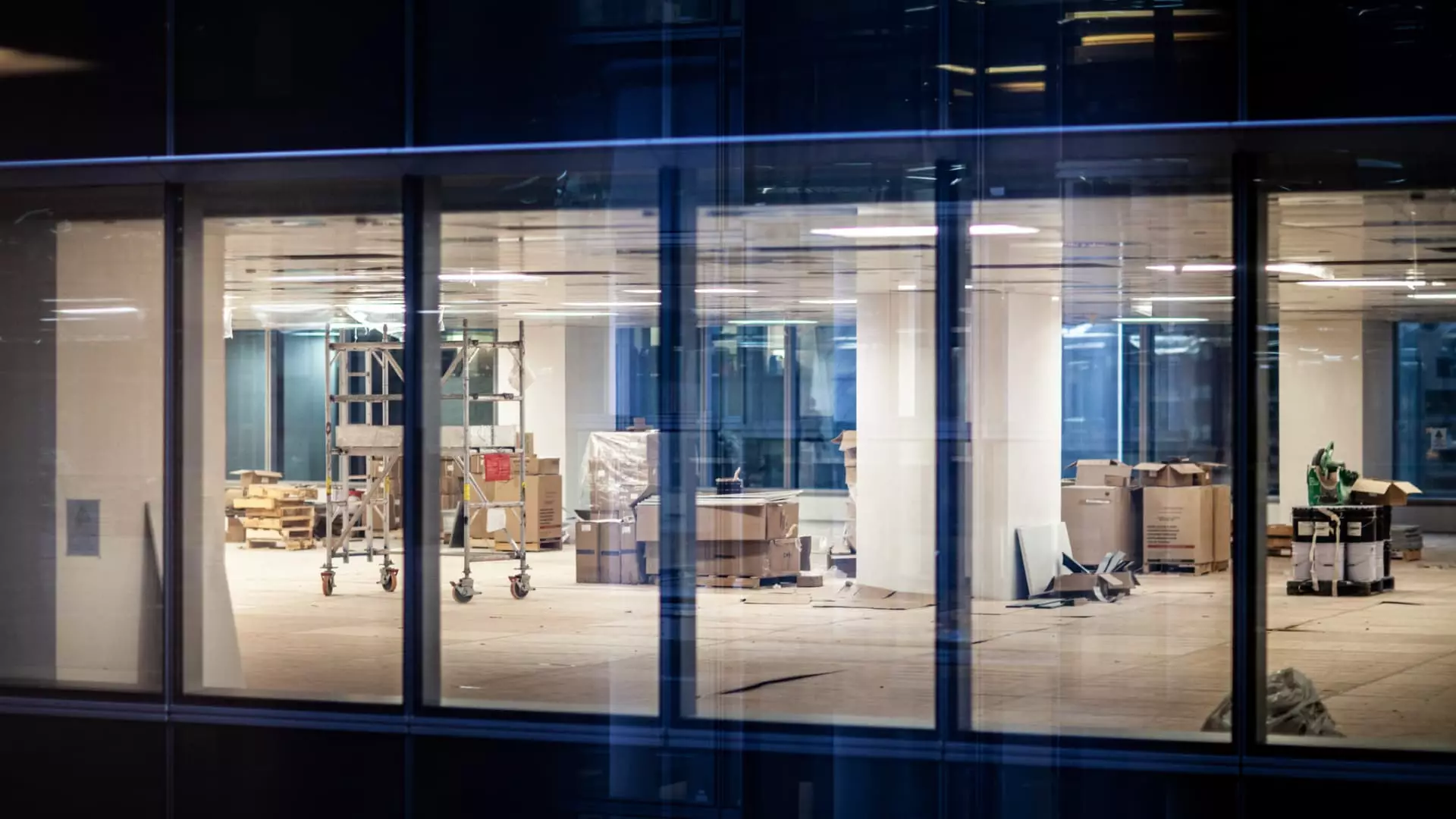For years, the office real estate sector seemed insulated from the upheavals affecting other parts of the economy. It was often portrayed as a stable, if somewhat cyclical, investment. But recent data reveals a stark reality: the sector is increasingly fragile, teetering on the edge of contraction. The supposed resilience is a myth, and the latest downturn signals that the tide is turning against long-held assumptions. It is time for investors and policymakers alike to confront the uncomfortable truth—the office market’s future is anything but certain, and perhaps even bleak.
External Pressures: The Toxic Mix of Tariffs and Geopolitical Uncertainty
The pivotal role of tariffs in undermining confidence cannot be overstated. Initial optimism faded quickly as new tariffs and trade tensions resurfaced, wiping out gains made in the aftermath of earlier crises. The direct impact is palpable—demand for office space plummeted by nearly a quarter in April, with total sought-after square footage shrinking by more than a quarter as well. This downturn stems from more than just economic cycles; it reflects the toxicity of protectionist policies that make long-term planning impossible for tenants and investors. When you add in the geopolitical stresses—conflicts in the Middle East, unresolved tensions with China, and domestic political instability—the outlook darkens further. These external factors serve as a poison pill, sapping confidence and stifling growth in an already unstable sector.
The False Comfort of Recovery and the Harsh Reality
Despite some initial rebounds following past shocks, the office market shows signs of persistent decline. Data from JLL and CBRE depict a disturbing trend: demand for leasing is slipping, with a contraction that may become permanent. The paradox of a rebounding equity market amid declining office demand reveals a disconnect—markets are rallying, but the real estate fundamentals are weakening. This divergence highlights a broader economic misalignment, where financial markets are detached from the tangible, physical spaces that underpin them. It’s a false sense of security—prompting investors to buy into the illusion that everything is fine while the underlying realities deteriorate. The fact that more square footage will be removed than added next year underscores that the office sector is entering a phase of significant decline, perhaps irreversible.
The Future Is Murky—And Maybe Doomed
The broader implications are troubling. As demand contracts and new construction dwindles, the sector’s vulnerabilities intensify. The uncertainty surrounding future tariffs compounds the problem—there is no clear endpoint, only a fog of potential escalation. Meanwhile, global conflicts and domestic economic debates intensify fears of recession or stagnation. Investors hesitant to commit are justified—what once looked like a safe bet is rapidly turning into a gamble with diminishing returns. This erosion of confidence could lead to a vicious cycle, with declining demand fueling further price drops, more layoffs, and a hospital pass for the economy at large. The optimism that once fueled the office boom now seems naive, replaced by a sober realization that the sector is no longer a resilient asset but a ticking time bomb.
Reevaluating the Narrative
What this all reveals is an urgent need to reexamine the narratives we’ve been sold—particularly, the idea that the office market can sustain long-term growth in the face of mounting uncertainties. The liberal-centrist perspective calls for more nuance, recognizing that economic policies, international relations, and social shifts are inexorably intertwined with real estate health. Instead of blindly funding office developments or clinging to outdated business models, stakeholders must confront the facts: this sector is under threat, and its future growth is not guaranteed. It’s time to acknowledge that the age of endless office expansion is over, and a more cautious, realistic approach is needed—one that prioritizes resilience over hollow optimism. Only then can we begin to craft strategies that protect investors, workers, and communities from the fallout of an increasingly unstable market.

